'The Flute Player'
This small statue hints at the incorrect origins of the lush landscape park surrounding it.
In the eastern portion of Tivoli Park in Solna, Sweden, the large green areas all around suddenly transform into a similarly wild, but somewhat tamer looking park. This portion of Tivoli Park, known as “Piper’s Park” is actually an old English-style landscape park, designed by the man who brought English landscaping style to the country. And while this section of the park still bears his name, there is a small cherubic statue making the park’s name a bit more complicated.
Piper’s Park was the brainchild of Fredrik Magnus Piper, Sweden’s foremost expert on the “English Garden.” Commissioned by Court Gustav Philip Creutz, Piper conceived of the park in the early 18th century.
The work began and the area was taking shape, but the project ended abruptly in 1785 when Creutz died and interest in the project waned among the court. The park was abandoned and left to the wild. However, the name lingered, its meaning forgotten.
Slowly the park, known still as “Piper’s Park,” began to be associated with the musical instrument. In the 1970s the connection with Piper was rediscovered after old maps surfaced, and attempts were made to restore the vision of the landscaper. However, the connection was never completely restored. Many still think it’s a generic name rather than a person’s proper name.
This incorrect assumption was reinforced by the addition of a statue of a small boy playing the flute, a little baby piper. The small statue, created by sculptor Adam Fischer, still stands near one entrance of the park, reminding visitors of a “piper,” just not the one they’re probably meant to think of.
Know Before You Go
The park is freely accessible.

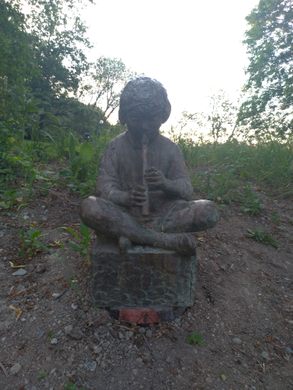
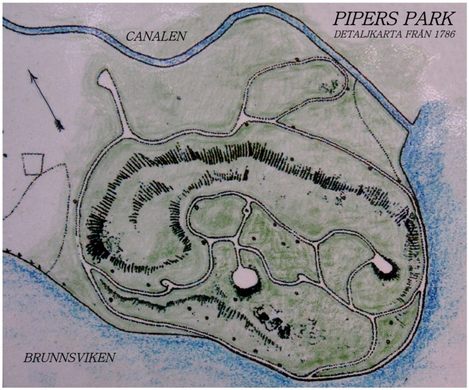
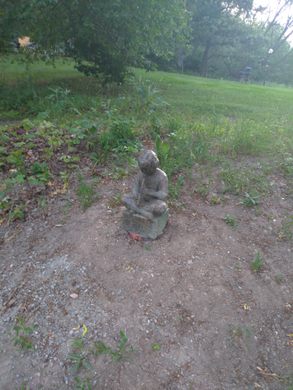

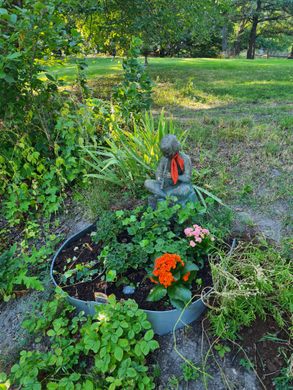


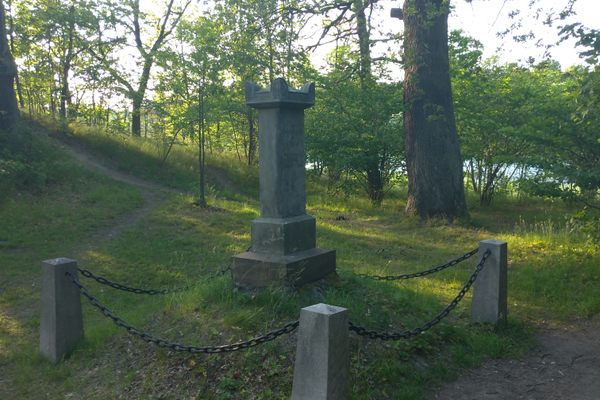
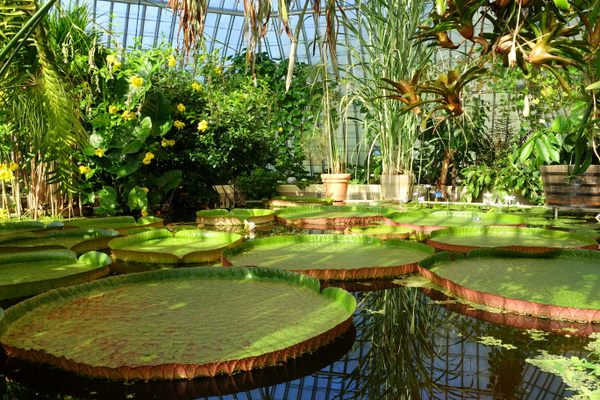




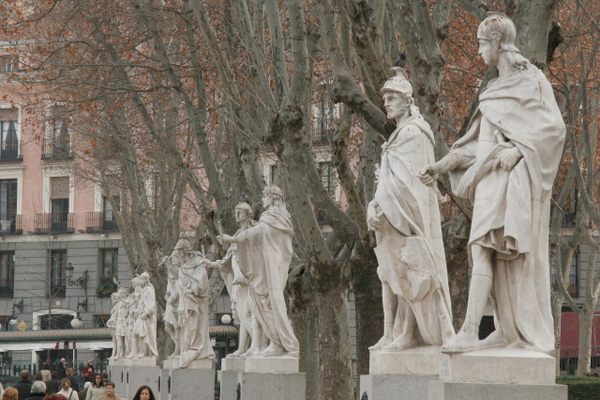
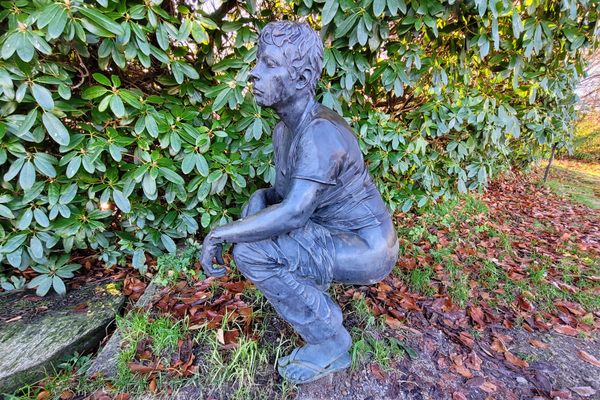

Follow us on Twitter to get the latest on the world's hidden wonders.
Like us on Facebook to get the latest on the world's hidden wonders.
Follow us on Twitter Like us on Facebook